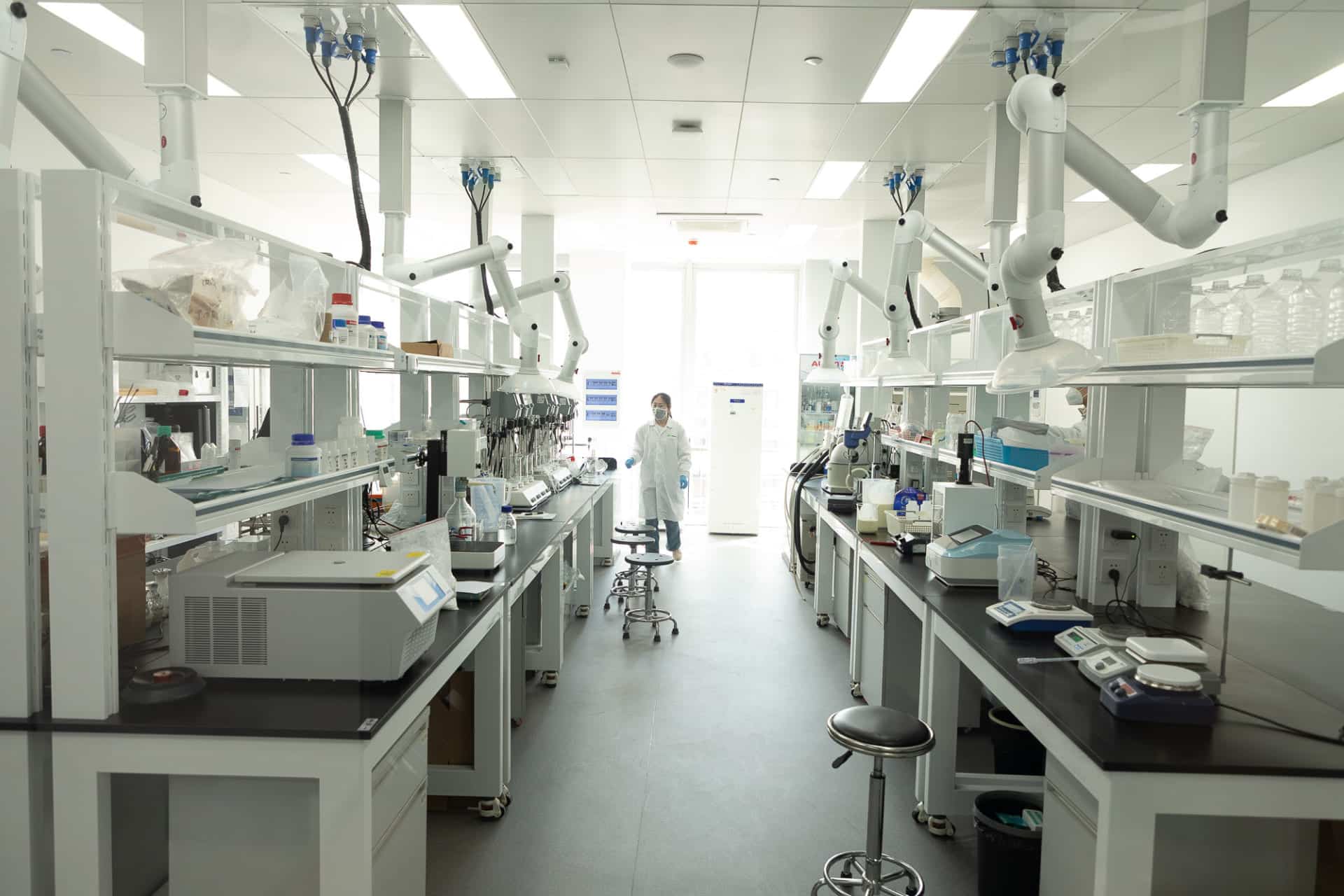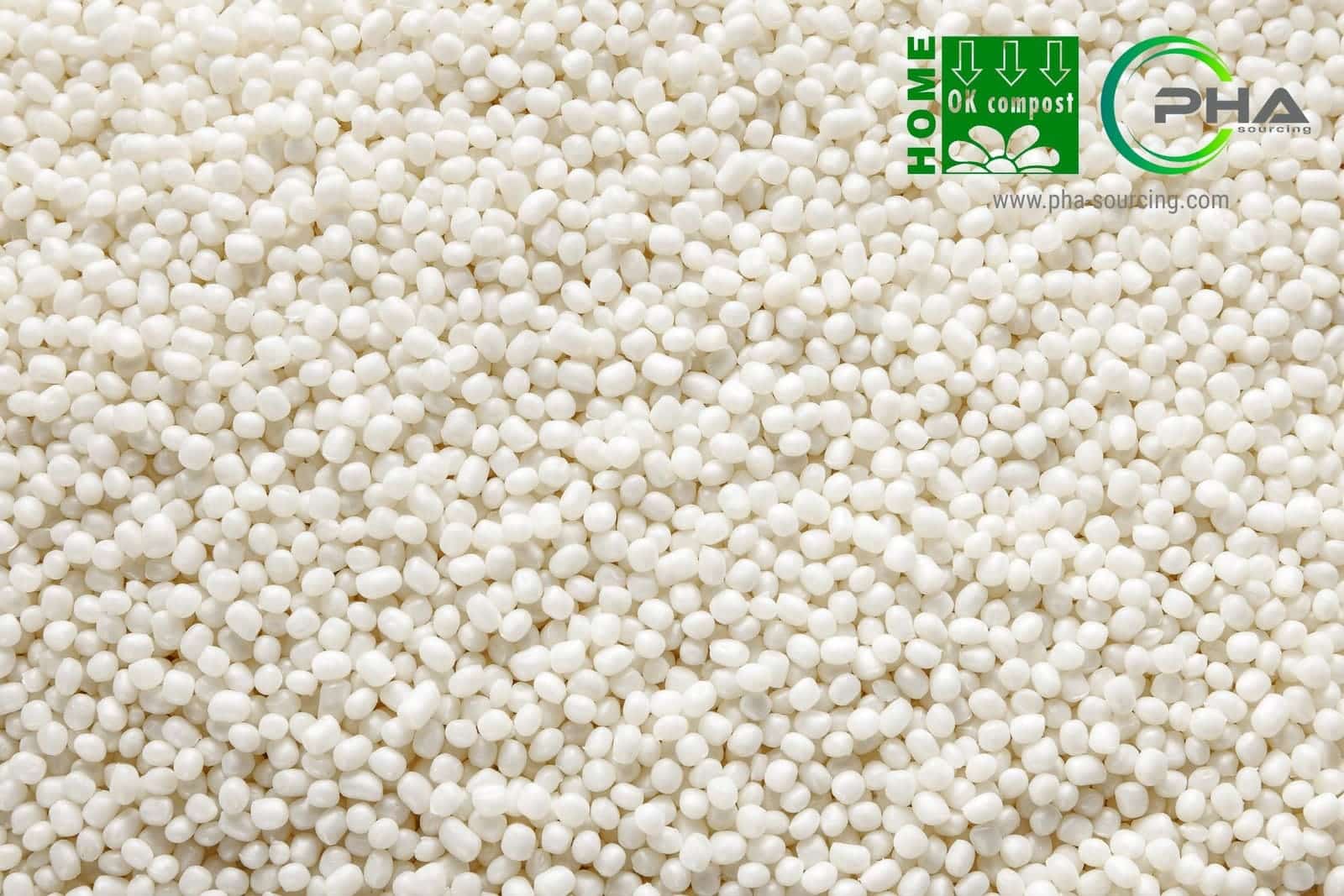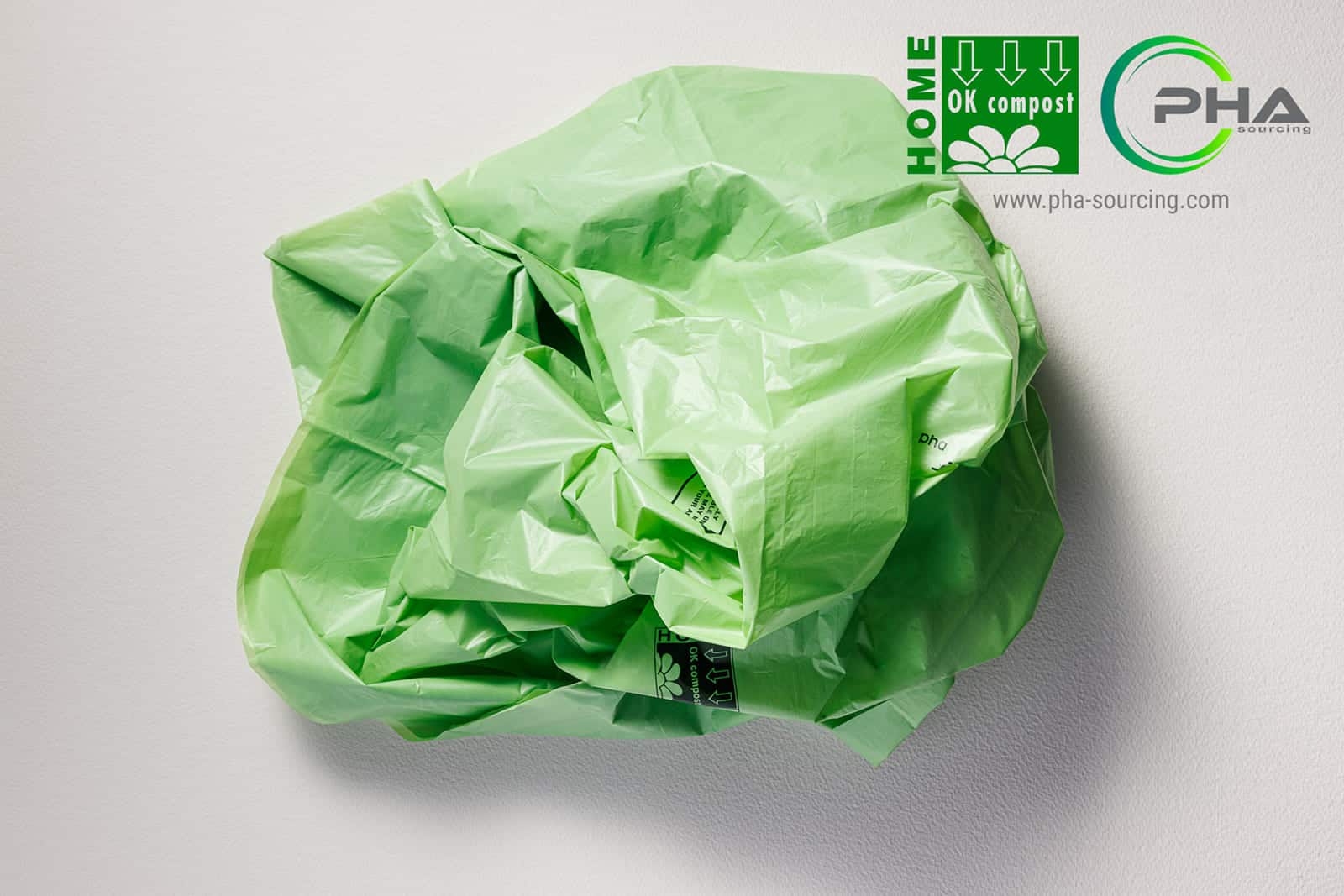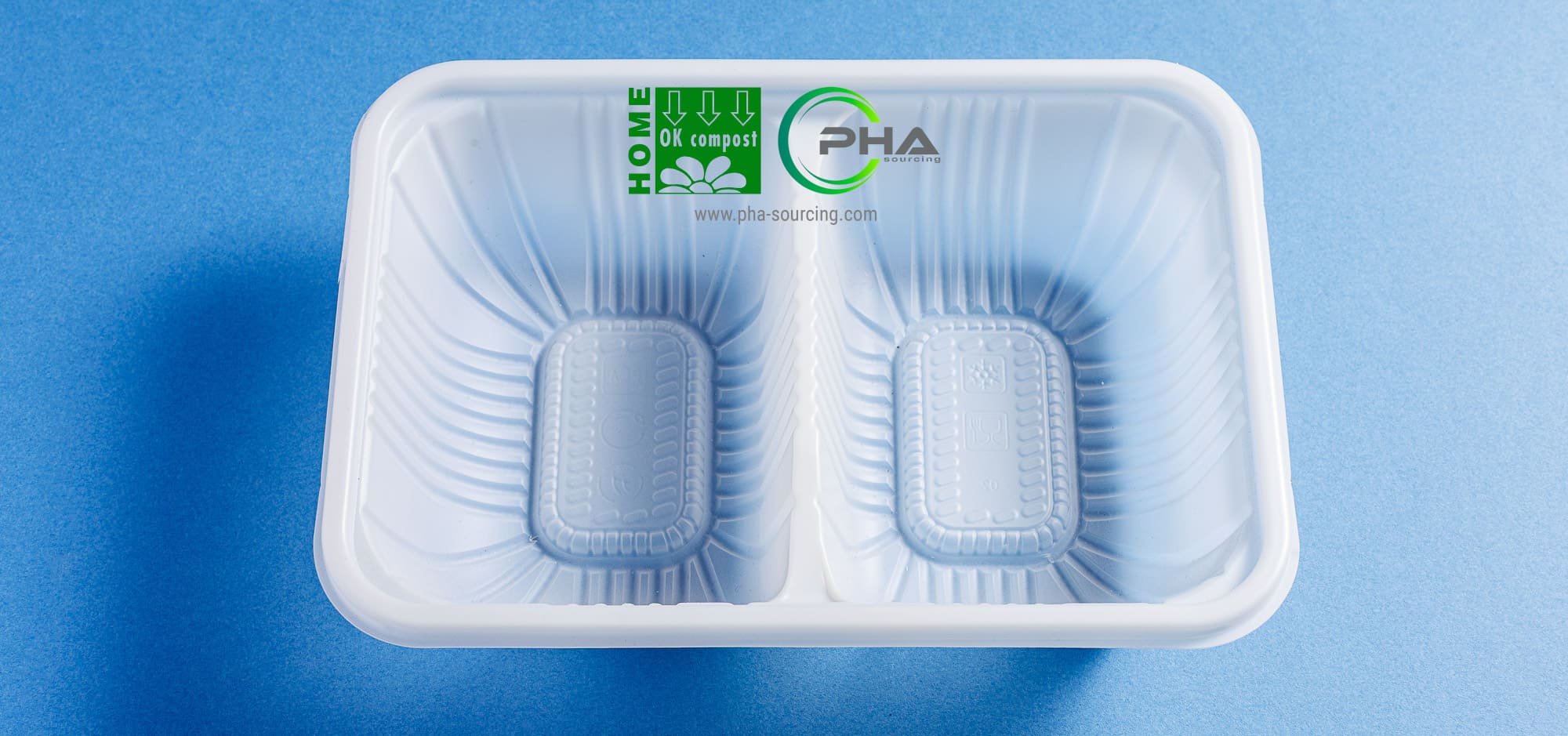New Research Explores Bioplastic-based Textiles for Medical Applications
In a doctoral study conducted at the University of Borås, researcher Sabrina Kopf has developed a pioneering approach using fibres made from polyhydroxyalkanoates (PHA) to support bone regeneration. This innovative technique could offer an alternative to traditional bone grafts, which often involve harvesting bone from a patient’s own body — a method with limited availability and potential complications.
Calcium Phosphate Boosts Cell Attachment
To promote bone cell adhesion, Kopf integrated calcium phosphate into the fibres. This substance is naturally recognised by bone cells, enhancing their ability to bind and thrive on the material. Through experimental testing, the study confirmed that bone cells successfully adhered to the surface of these PHA fibres and maintained healthy growth — a promising step forward in regenerative medicine.
Textile Structures With Bone-like Strength
The research also demonstrated that PHA can be processed into durable textile fibres, using simple extrusion techniques. These fibres were transformed into knitted and woven structures, suggesting future use in biomedical textiles such as scaffolds for large bone defects. Notably, the tensile strength of the fibres was found to be comparable to that of bone itself.
Sustainable Advantages of PHA in Healthcare
Beyond its performance in medical contexts, PHA stands out for its biodegradability and environmental neutrality. Unlike conventional materials, PHA degrades in soil, freshwater, and marine environments, leaving no microplastic residue. Kopf emphasised the broader sustainability potential: “These fibres could also be used across the textile industry, aligning with several of the UN’s sustainable development goals.”
This aligns with PHA’s use in diverse industrial sectors and highlights the potential for PHA-based fibres to replace synthetic polymers in sensitive applications, especially when sourced from renewable raw materials.
A New Direction for Bone Replacement Materials
Bone is the world’s second most transplanted tissue after blood, underlining the need for scalable and safe alternatives. By eliminating the need for autologous bone grafting, PHA fibre scaffolds offer a non-invasive, low-impact solution to a pressing healthcare challenge.
Although additional research is necessary, the findings of this project mark a step forward in using PHA biopolymers in regenerative medicine. Kopf’s work also opens the door for cross-sector applications, reinforcing PHA’s role as a versatile and sustainable material.





